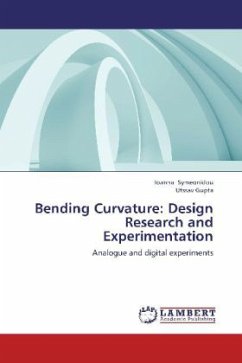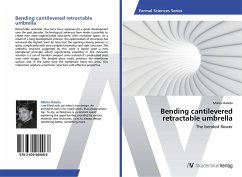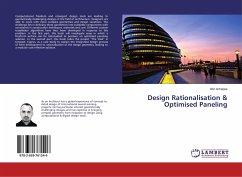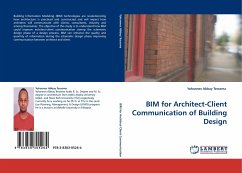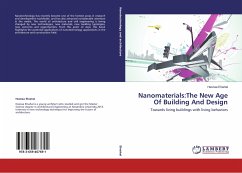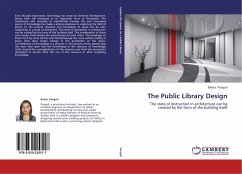Bending is a phenomenon that occurs with great frequency due to the presence of natural forces like gravity, wind. It occurs whenever an element is subjected to an external load applied perpendicularly to its longitudinal axis. Every known element, independently of its stiffness, exhibits certain amount of bending. This research explores this phenomenon not as a failure mode to provide tolerance for, but as a tool to design with. The design research presented here emerged from a combination of digital explorations and analogue experiments with bending rods. The aim was to create a model that would incorporate the interaction between bending rods, the transfer of forces and the repercussion on the geometry. Experimentation starts with understanding the behaviour of a single element in its simplex situation and simulating this behaviour in a computational environment. Complexity is increased when multiple rods are in play with bending in various planes as their curvature is negotiated with that of their neighbours and thus a process of self organization with multiple parameters is present until equilibrium was attained.
Bitte wählen Sie Ihr Anliegen aus.
Rechnungen
Retourenschein anfordern
Bestellstatus
Storno

